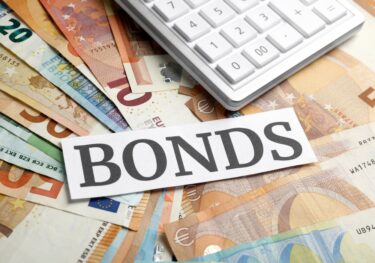The worst may be yet to come for interest-sensitive sectors
The relative resilience of G7 output in the face of aggressive rate hikes is partly due to the surprising strength in interest-sensitive parts of GDP. This looks to be linked to factors like the limited weakening of asset prices and increased fixed-rate borrowing that has lengthened transmission lags. However, there could still be weakness ahead for these sectors.
What you will learn:
- In past cycles, interest rate rises had the biggest impact on GDP items such as residential investment, durable goods consumption, and equipment investment. The negative impact came through fastest in residential investment and peaked eight to 10 quarters from the first hike.
- This time around, interest-sensitive spending in the US initially followed a similar trend to that in past cycles but has since done much better, dropping only around 1% after five quarters versus 9% on average in the seven downturns from 1967-2007. Residential investment has weakened notably but durables and equipment investment have held up well. Other G7 economies show broadly similar outcomes with the notable exception of Canada.
- Interest-sensitive spending may have been supported by fiscal factors and the catch-up after the pandemic. Limited weakening in asset prices so far in response to rate hikes is another factor, although notably the big effects on asset prices in 2004-2008 took a long time to materialise.

Tags:
Related Posts

Post
Why bond yields are rising again and why it matters
The rise in bond yields reflects fiscal concerns, higher risk premia, shifting investor preferences, and idiosyncratic factors.
Find Out More
Post
Indirect climate risk in financial analysis
Climate and other sustainability challenges can affect the finance sector and have a material impact on returns to capital.
Find Out More
Post
Strategy Key Themes 2025: Opportunities amid heightened uncertainty
We think the environment of strong US demand coupled with still ample global liquidity, should be positive for US risk assets.
Find Out More